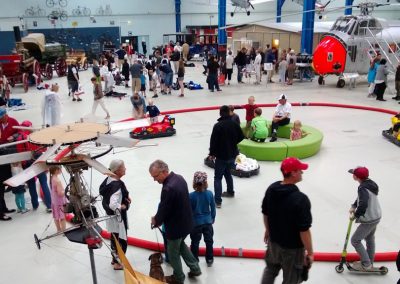
The Theatre Museum at the Court Theatre
At Christiansborg Castle, which in the 1700s was the residency of the king, opened a court theater to King Christian 7 in January 1767.
Very similar to other European court theatres the court theater was a neoclassical room in pearl gray and gold with a balcony supported by 22 pillars. On the ground floor there were theatre boxes, and at masquerades the spectator floor could be hoisted to the same level as the stage floor.
Struensee and Caroline Mathilde
In 1772 the court theatre was the setting for one of the most dramatic and scandalous affairs in the history of Denmark. The king’s doctor Struensee, who in the years 1770-1772 functioned as the real ruler of Denmark and the Queen’s lover, spent his last night as a free man at the Court Theatre. Uncertain about his fate, he participated in a masked ball, where he and Queen Caroline Mathilde had their last dance. Early in the morning on 17 January 1772 both Struensee and Caroline Mathilde were arrested. Struensee was later executed on charges of treason.
Theatre Museum
The Court Theatre then became an annex stage for the Royal Theatre and housed the ballet school. The Theatre Museum was founded in 1912 by a private group of theater enthusiasts and in 1922 it moved into the Old Court Theatre. Since then it has been open to the public. The collection has over the years been significantly increased, and the museum collects and records everything that demonstrates the professional theatre in Denmark.
Danish theater’s development since Holberg’s Time
The museum’s guests today have access to the Court Theatre, in the hallways and lobby is a selection of drawings, paintings, costumes, set design models, programs, posters and objects that together tells Danish theater development since Holberg’s time in the early 1700s. The museum’s archives and library contains large collections that are still under construction and is accessible to students and researchers.





